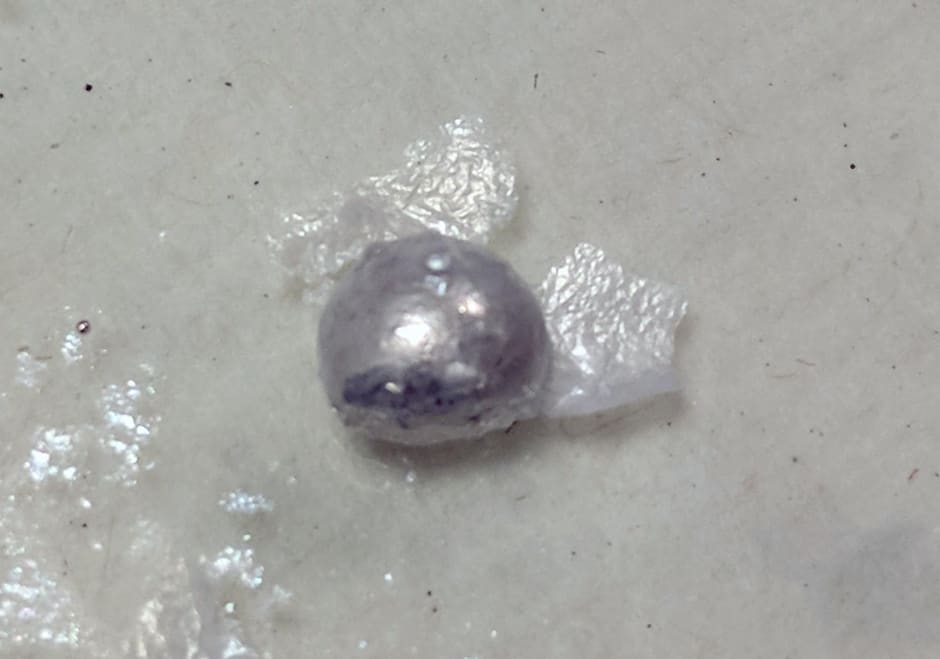
The technology from RMIT University and University of New South Wales (UNSW) researchers is said to harness naturally occurring nanostructures that grow on liquid metals.
RMIT researcher Dr Ali Zavabeti said water contamination remains a significant challenge globally, with 1 in 9 people lacking access to clean water close to home.
"Heavy metal contamination causes serious health problems and children are particularly vulnerable," Zavabeti said. "Our new nanofilter is sustainable, environmentally-friendly, scalable and low cost.
"We've shown it works to remove lead and oil from water but we also know it has potential to target other common contaminants. Previous research has already shown the materials we used are effective in absorbing contaminants like mercury, sulphates and phosphates.
"With further development and commercial support, this new nanofilter could be a cheap and ultra-fast solution to the problem of dirty water."
According to RMIT, the liquid metal chemistry process developed by the researchers has potential applications across a range of industries including electronics, membranes, optics and catalysis.
"The technique is potentially of significant industrial value, since it can be readily upscaled, the liquid metal can be reused, and the process requires only short reaction times and low temperatures," Zavabeti said.
Project leader Prof Kourosh Kalantar-zadeh, Honorary Professor at RMIT, Australian Research Council Laureate Fellow and Professor of Chemical Engineering at UNSW, said the liquid metal chemistry used in the process enabled differently shaped nanostructures to be grown, either as the atomically thin sheets used for the nanofilter or as nanofibrous structures.
"Growing these materials conventionally is power intensive, requires high temperatures, extensive processing times and uses toxic metals. Liquid metal chemistry avoids all these issues so it's an outstanding alternative."
The researchers created an alloy by combining gallium-based liquid metals with aluminium. When this alloy is exposed to water, nanothin sheets of aluminium oxide compounds grow naturally on the surface.
These atomically thin layers restack in a wrinkled fashion, making them highly porous. This enables water to pass through rapidly while the aluminium oxide compounds absorb the contaminants.
Experiments showed the nanofilter made of stacked atomically thin sheets was efficient at removing lead from water that had been contaminated at over 13 times safe drinking levels, and was highly effective in separating oil from water.
The process is claimed to generate no waste and requires aluminium and water, with the liquid metals reused for each new batch of nanostructures.
The findings are published in the journal Advanced Functional Materials.


Nanogenerator consumes CO2 to generate electricity
Whoopee, they've solved how to keep a light on but not a lot else.